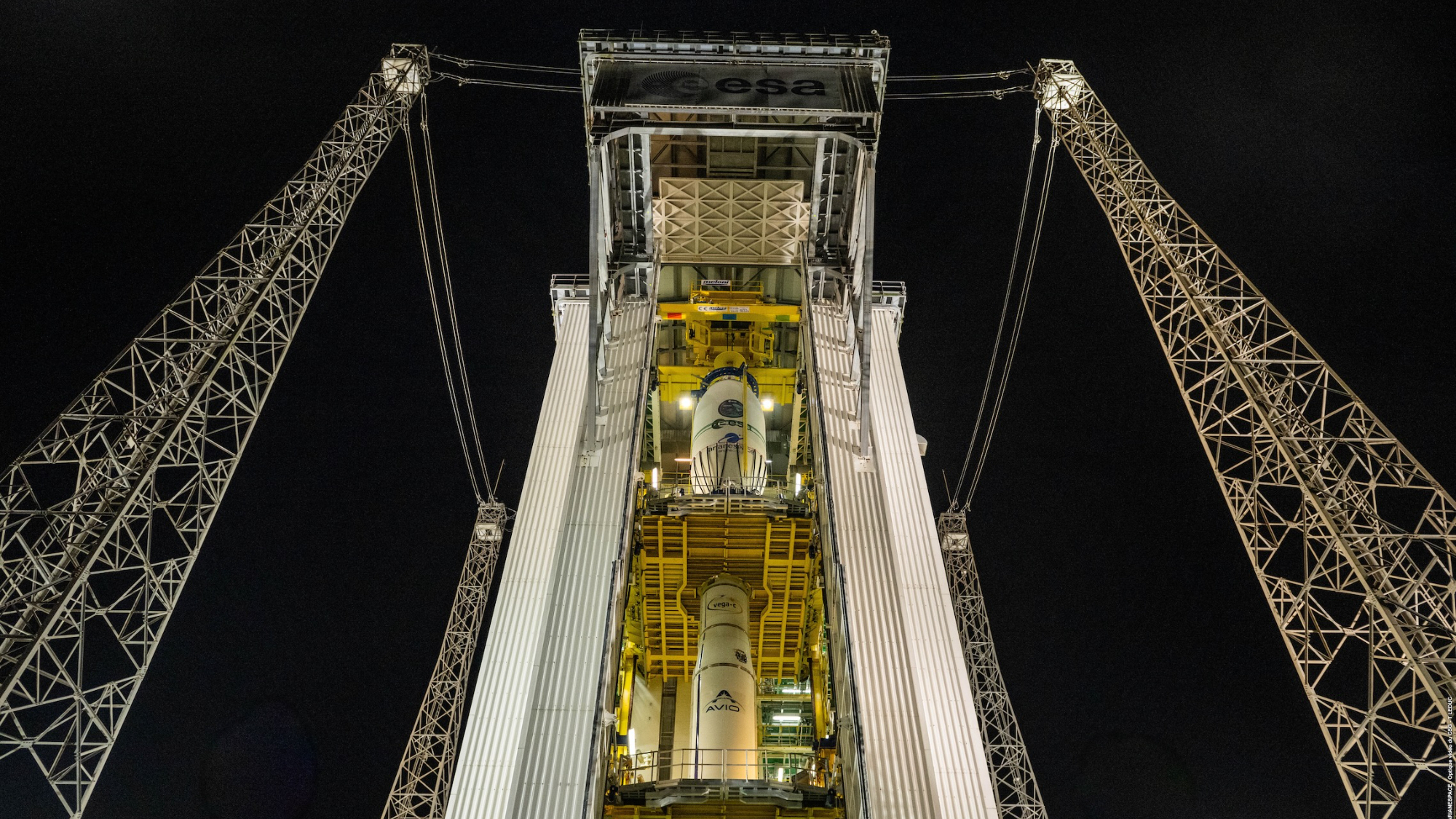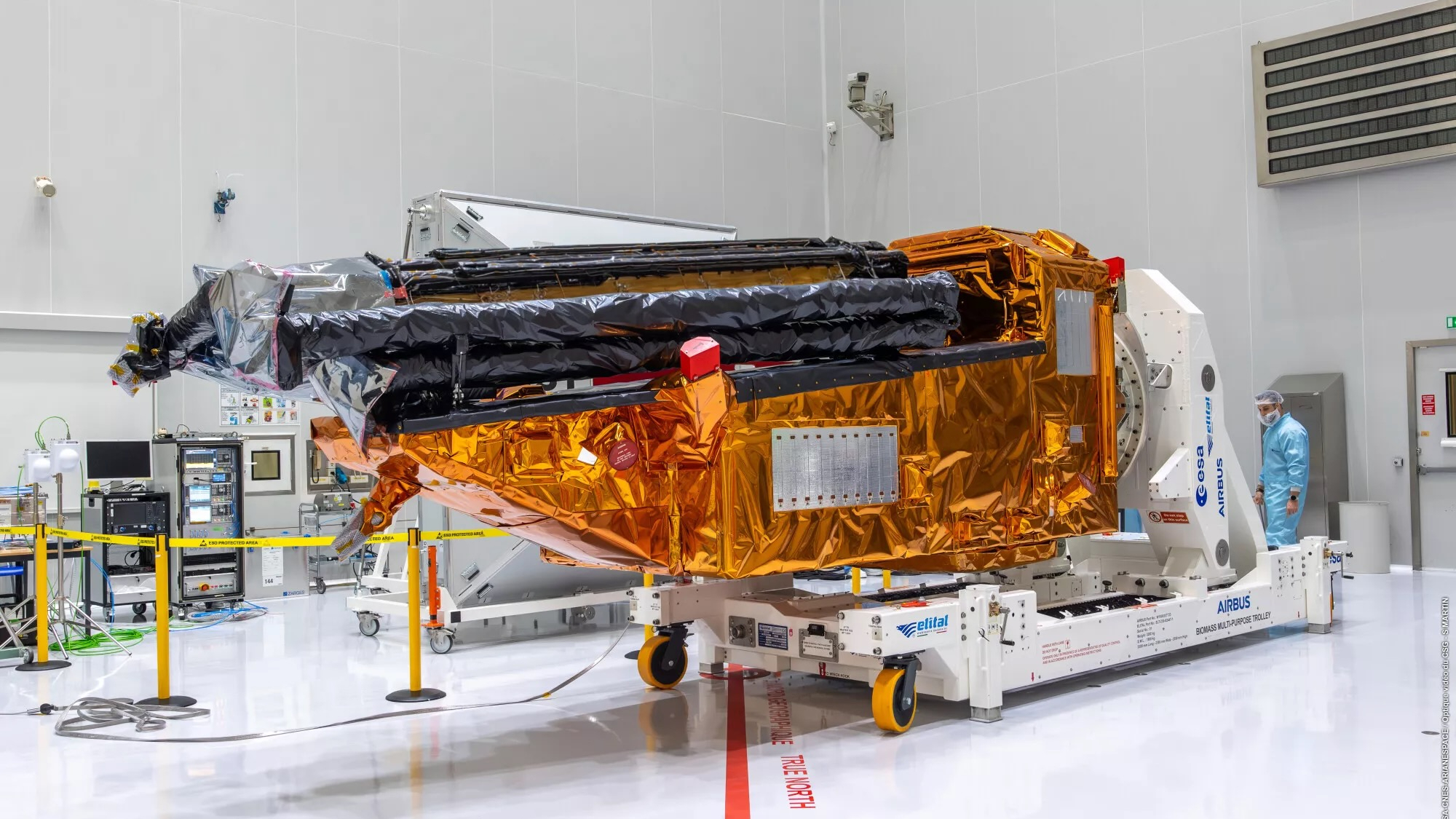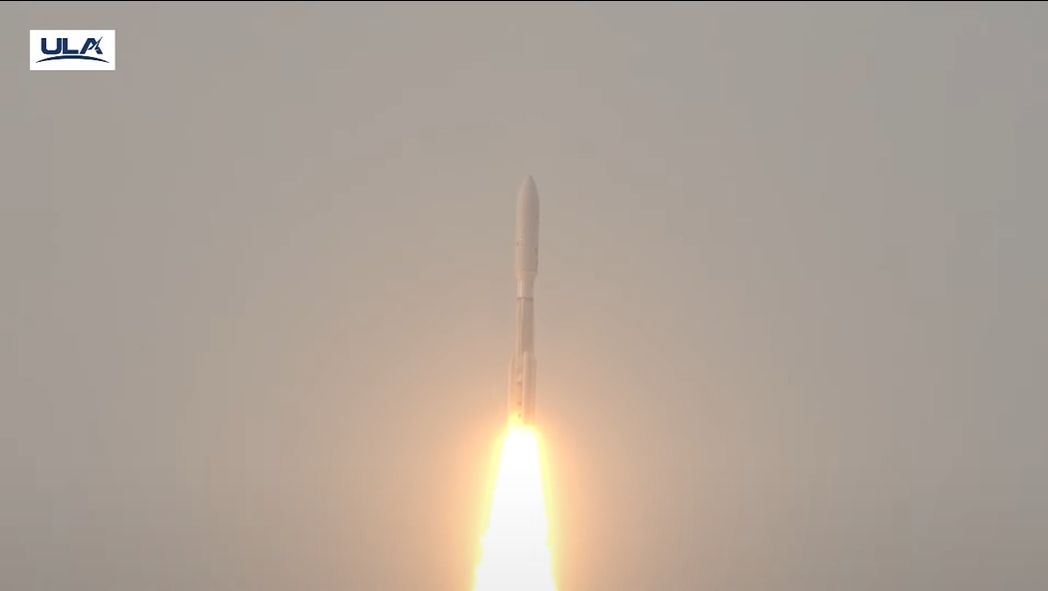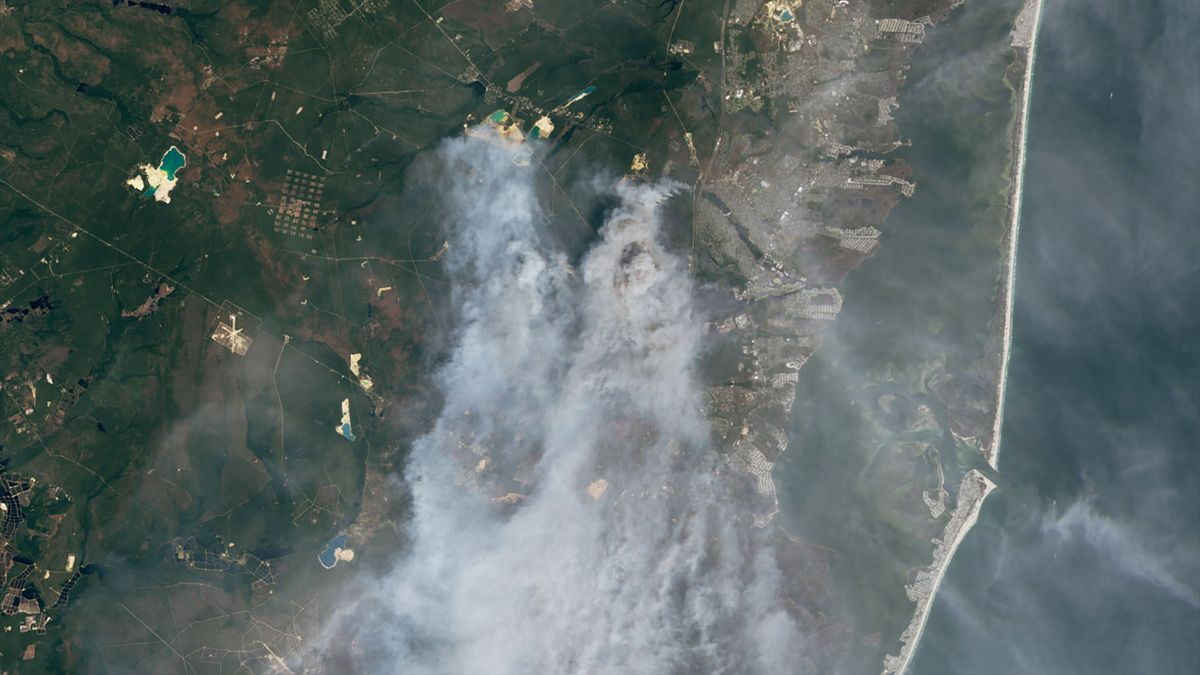Vol VV26 | Biomass | Vega C | Arianespace - YouTube

A European forest-monitoring satellite will launch from South America early Tuesday morning (April 29), and you can watch the action live.
The European Space Agency's (ESA) Biomass spacecraft is scheduled to lift off atop a Vega-C rocket from Europe's Spaceport in Kourou, French Guiana on Tuesday at 5:15 a.m. EDT (0915 GMT; 6:15 a.m. local time in Kourou).
You can watch the launch live here at Space.com courtesy of the French company Arianespace, which operates the Vega-C. Arianespace's stream will begin at 4:55 a.m. EDT (0855 GMT).

This will be the fourth launch overall for the four-stage, 115-foot-tall (35-meter-tall) Vega-C, and the second since an anomaly in the rocket's second stage led to a mission failure in December 2022.
The Vega-C bounced back on its third-ever launch, successfully sending the European Union's Copernicus Sentinel-1C Earth-observation satellite to orbit this past December.
If all goes according to plan on Tuesday, the Vega-C will deploy Biomass into a sun-synchronous orbit 414 miles (666 kilometers) above Earth about 57 minutes after liftoff.
The 2,490-pound (1,130-kilogram) satellite will then undergo a checkout period, which will prepare it for an Earth-observation mission designed to last at least five years.

During that mission, Biomass — part of ESA's "Earth Explorers" satellite series — will use synthetic aperture radar (SAR) to study our planet's varied ecosystems, paying special attention to its forests.
Biomass' SAR instrument "allows it to collect information on the height and structure of different forest types and measure the amount of carbon stored in the world’s forests and how it changes over time," Arianespace representatives wrote in the mission's press kit, which you can find here.
"Observations from this new mission will also lead to better insight into the rates of habitat loss and, as a result, the effect this may have on biodiversity in the forest environment," they added.
.png)
 German (DE)
German (DE)  English (US)
English (US)  Spanish (ES)
Spanish (ES)  French (FR)
French (FR)  Hindi (IN)
Hindi (IN)  Italian (IT)
Italian (IT)  Russian (RU)
Russian (RU) 







Comments